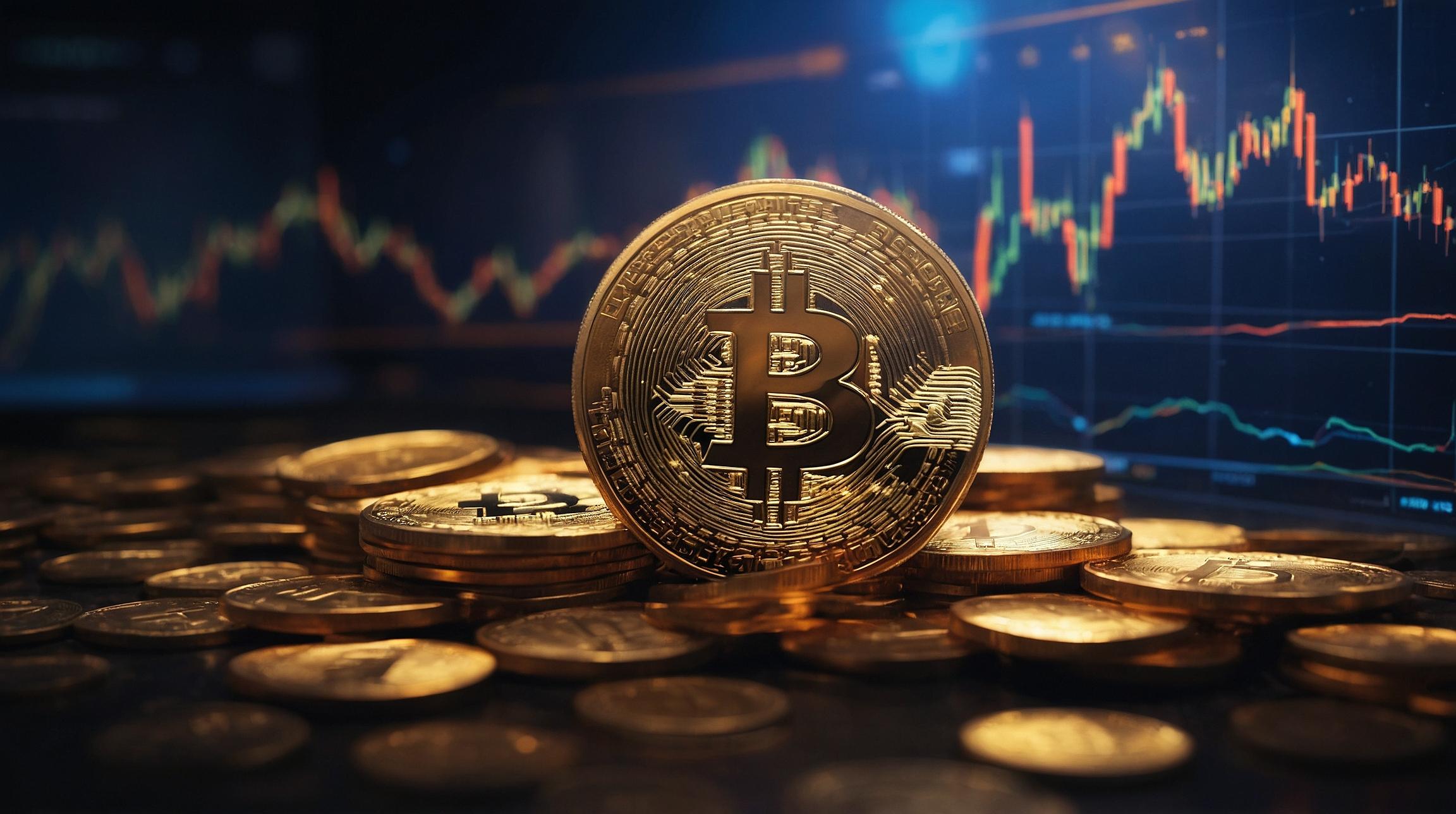Understanding Uber's Upgrade to Investment-Grade
Recent news highlights that Uber Technologies Inc. has been upgraded to an investment-grade rating by S&P. This decision marks a significant milestone for the company and reflects its improving financial health.
Earnings Growth as a Key Driver
The primary reason for this upgrade is Uber's impressive earnings growth. Over recent quarters, the company has demonstrated consistent revenue increases, driven by both its ride-hailing services and its Uber Eats division. This growth indicates a robust demand for Uber's services, even amidst challenging market conditions.
Example of Earnings Growth
For instance, Uber's latest quarterly report showed a year-over-year revenue increase of 20%, underlining its ability to expand its market reach and customer base.
Strategic Financial Management
Another factor contributing to Uber's upgraded rating is its effective financial management strategies. The company has focused on reducing costs and increasing efficiency. This includes better management of operational expenses and strategic investments in technology.
Cost Reduction Measures
By implementing cost-cutting measures, such as streamlining operations and optimizing its workforce, Uber has improved its profit margins, making it a more attractive investment prospect.
Impact of Investment-Grade Rating
Being upgraded to an investment-grade rating means Uber is now seen as a lower-risk investment. This status can help the company secure loans at more favorable interest rates, thereby reducing its overall financing costs.
What Does Investment-Grade Mean?
Investment-grade refers to a credit rating that suggests a low risk of default. For Uber, this means that investors and creditors view the company's financial obligations as more secure, enhancing its credibility in the financial markets.
Looking Ahead: Future Prospects
The upgrade is not just a reflection of past performance but also a vote of confidence in Uber's future prospects. As the company continues to innovate and adapt to changing market dynamics, it is likely to explore new revenue streams and expand its service offerings.
Potential Opportunities
Uber’s focus on areas like autonomous vehicles and sustainable transport solutions could further bolster its market position, driving future growth and potentially leading to more positive revisions of its credit rating.
In summary, S&P's decision to upgrade Uber to investment-grade is a testament to the company's successful earnings growth and sound financial strategies. This development paves the way for improved financial flexibility and continued innovation in the ride-sharing industry.













